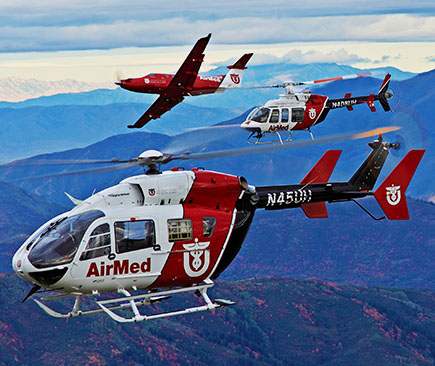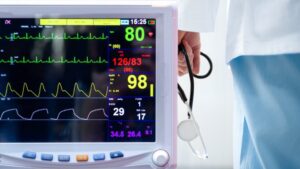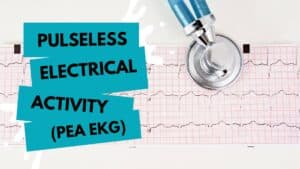Our rotor wash swept the asphalt road clean as we landed three hundred feet south of the wreck. I grabbed our airway bag and Cindy, the resident MD, stumbled out of the aircraft after me, trauma bag in hand. I looked back to check her progress out of the aircraft just as she stumbled and nearly fell. This is going to be a long day, I thought.
The incident scene commander was a crusty, seasoned old guy – chief of the volunteer fire department. The “whop, whop” of the aircraft behind us beat time as I approached him. He stood in the roadway with his clipboard in his hand.
“OK Chief!” how many patients do you have for us?” I asked.
He looked visibly shaken and replied with, “Eighteen victims.”
I glanced behind him to the scene spread out on the road: a van, the glint of metal in the sun and a yellow tarp covering what was the driver’s door of the truck. Sobering at best!
“OK, let’s get started.” I looked back for my partner and found her hunched over the bumper of the chief’s vehicle, throwing up.
I turned back to the chief and said with emphasis, “Let’s get some more help here,” then clicked on my radio. “Dispatch, this is Air Med One, we have multiple acute victims and are requesting two additional aircraft to our scene.”
Several of the victims landed hundreds of feet away from the vehicles. All were scattered in different directions. Curious, I thought, the live ones appear to be running away from help! Suddenly, firefighters began shouting, coaxing the runners back to our scene. “Bomberos,” they announced, “we are the ‘Cruz Rojas,’ here to help you!”
Apparently a smuggler’s van traveling north from the border got spooked. The driver thought he was being followed. He was driving a van overloaded with 12 people. A truck traveling south on the same remote road lost control as a tire blew, careening across the road, striking the van head on.
That was the start of an hour long event one day in Borrego Springs. My resident partner recovered from her nausea in time to help as we triaged through the carnage. Many of the patients had spleen or liver lacerations. Many were not so lucky. We got to work, doing what we do best and helped as many people as we could.
Air Med One and Trauma Systems Save Lives
In many parts of the country there are no trauma systems, no organized approach to managing the needs of acutely injured patients. In most of California, these trauma systems are in place and save hundreds of lives every year. There are many tiers to the lifesaving layers of prehospital care. In remote areas of much of the United States, rural America is served by volunteer fire and small paid fire departments. In some areas of the country, advanced trauma care is delivered to remote accident scenes by helicopter.
SureFire CPR is Orange County’s key provider of CPR, ACLS, PALS and Basic First Aid. No matter where the emergency takes place, this training will carry through one’s practice and remain a core lifesaving skill.
Contact SureFire CPR today and register, learn, and save a life. ™











